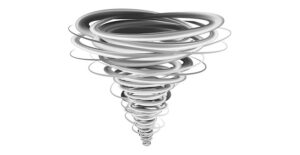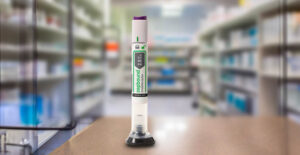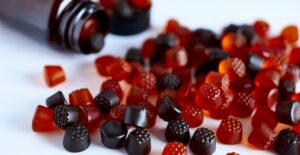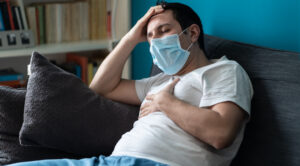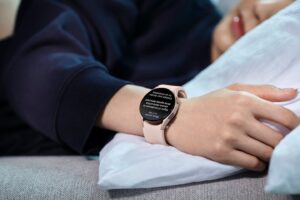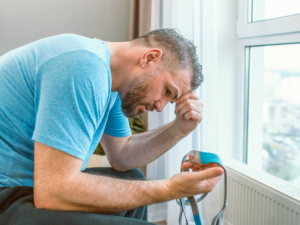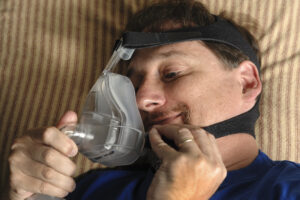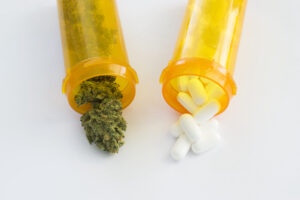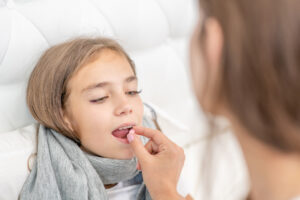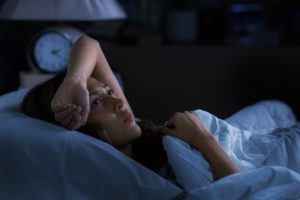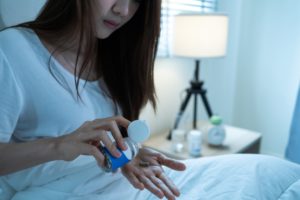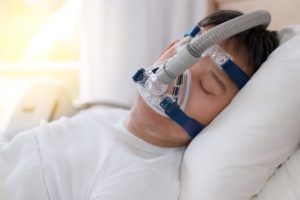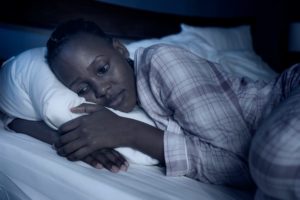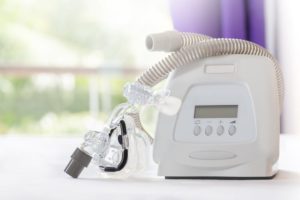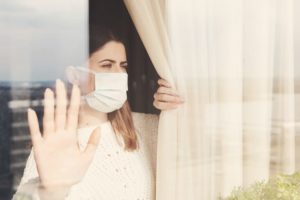Clinical Trials Evaluate Experimental Drugs for Sleep Apnea

Millions of sleepers with obstructive sleep apnea rely on a CPAP machine to manage their symptoms and help them sleep better at night, but a new treatment option may soon be on the horizon. At the end of July, the FDA cleared IHL-42X , a new sleep apnea drug, for Phase II and III clinical trials.
Although CPAP devices are highly effective, many people find it challenging to use their machines consistently . While there are alternatives to CPAP therapy, there’s still a glaring gap: the FDA has yet to approve a medication specifically for treating obstructive sleep apnea.
The absence of an FDA-approved drug for obstructive sleep apnea has spurred research efforts, and various medications are currently in development. These drugs must undergo several phases of clinical trials before FDA approval, the final step in drug development that signifies that a new drug is ready for the public. Getting FDA approval is a rigorous process that requires robust evidence of a new drug’s safety and effectiveness.

IHL-42X is a new drug developed by Incannex Healthcare that combines dronabinol and acetazolamide. Preliminary phase II research suggests that IHL-42X may reduce the number of pauses in breathing a person with sleep apnea experiences by more than half. FDA clearance for the drug paves the way for more extensive clinical trials and underscores the potential for this and other drugs to advance sleep apnea treatment.
IHL-42X is one of several investigational drugs that contain dronabinol and other synthetic cannabinoids . These substances are made in a laboratory and designed to mimic the effects of compounds in the cannabis (marijuana) plant. While at this point, experts don’t recommend the use of cannabis or related compounds to treat obstructive sleep apnea, these new drugs hint at an expanding role of these compounds in the treatment of sleep problems.
Another pharmaceutical company, Apnimed, is also moving forward with two investigational sleep apnea drugs, AD109 and AD504. Encouraging results from the company’s recent phase II trial showed that, when used together, the two drugs reduced the severity of obstructive sleep apnea . These results have set the stage for phase III research, where the drugs will be evaluated across a greater number of people.
Although drug treatments for obstructive sleep apnea could be a significant shift–and welcome relief–from the current treatment approach, medications may not replace CPAP machines entirely, or anytime soon. Instead, new drugs could complement CPAP therapy or offer a second-line option for people who find CPAP machines problematic or ineffective.
Got a hot tip? Pitch us your story idea, share your expertise with SleepFoundation.org, or let us know about your sleep experiences right here.
It’s no secret that sticking with a CPAP machine can be a challenge. In fact, nearly half of people prescribed a CPAP machine don’t use it as often as recommended by their doctor, and some eventually discontinue the treatment. With ongoing drug trials sometimes taking years to complete, a sleep apnea drug may not be available for the foreseeable future. But by working to expand treatment options, some people living with sleep apnea may eventually find an effective treatment that works better with their lifestyle.
References
8 Sources
-
National Heart, Lung, and Blood Institute. (2023). Sleep Apnea: Treatment., Retrieved on September 9, 2023, from
https://www.nhlbi.nih.gov/health/sleep-apnea/treatment -
ClinicalTrials Arena. (2023, August 22). FDA clears Incannex’s IND for trial of obstructive sleep apnoea therapy.
https://www.clinicaltrialsarena.com/news/fda-incannexs-ind-obstructive-sleep-apnoea/ -
Ghadiri, M., & Grunstein, R. R. (2020). Clinical side effects of continuous positive airway pressure in patients with obstructive sleep apnoea. Respirology (Carlton, Vic.), 25(6), 593–602.
https://pubmed.ncbi.nlm.nih.gov/32212210/ -
Kryger, M., H., & Malhotra, A. (2023). Obstructive sleep apnea: Overview of management in adults. UpToDate., Retrieved September 9, 2023, from
https://www.uptodate.com/contents/obstructive-sleep-apnea-overview-of-management-in-adults -
U.S. Food and Drug Administration. (2022, May 10). Is it really ‘FDA approved’?
https://www.fda.gov/consumers/consumer-updates/it-really-fda-approved -
Ramar, K., Kirsch, D. B., Carden, K. A., Rosen, I. M., & Malhotra, R. K. (2018). Medical cannabis, synthetic marijuana extracts, and obstructive sleep apnea. Journal of Clinical Sleep Medicine, 14(10), 1815–1816.
https://pubmed.ncbi.nlm.nih.gov/30353829/ -
Rosenberg, R., Abaluck, B., & Thein, S. (2022). Combination of atomoxetine with the novel antimuscarinic aroxybutynin improves mild to moderate OSA. Journal of Clinical Sleep Medicine, 18(12), 2837–2844., Retrieved September 9, 2023, from
https://pubmed.ncbi.nlm.nih.gov/35975547/ -
Weaver, T., E. (2022). Assessing and managing nonadherence with continuous positive airway pressure (CPAP) for adults with obstructive sleep apnea.
https://www.uptodate.com/contents/assessing-and-managing-nonadherence-with-continuous-positive-airway-pressure-cpap-for-adults-with-obstructive-sleep-apnea





